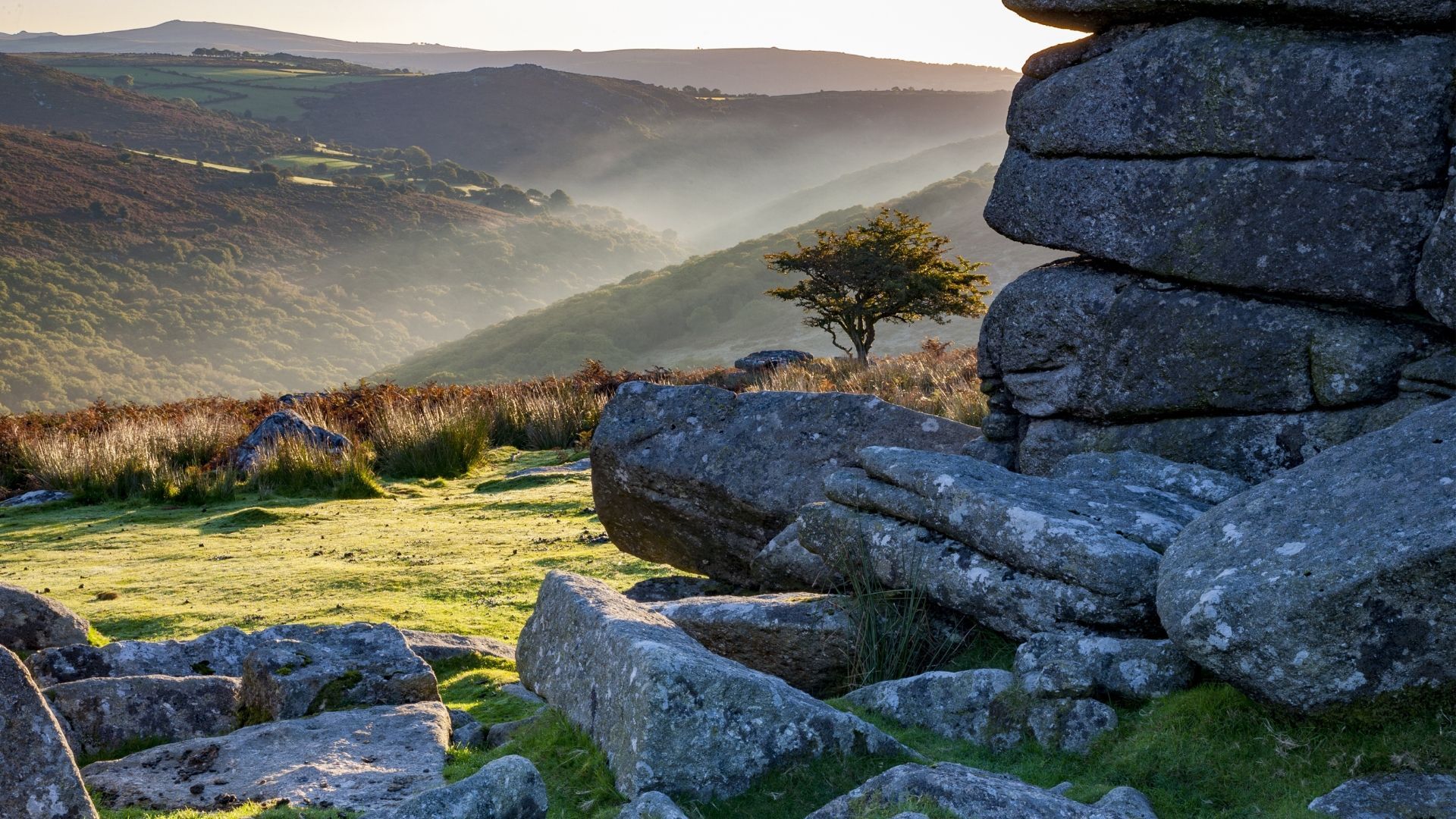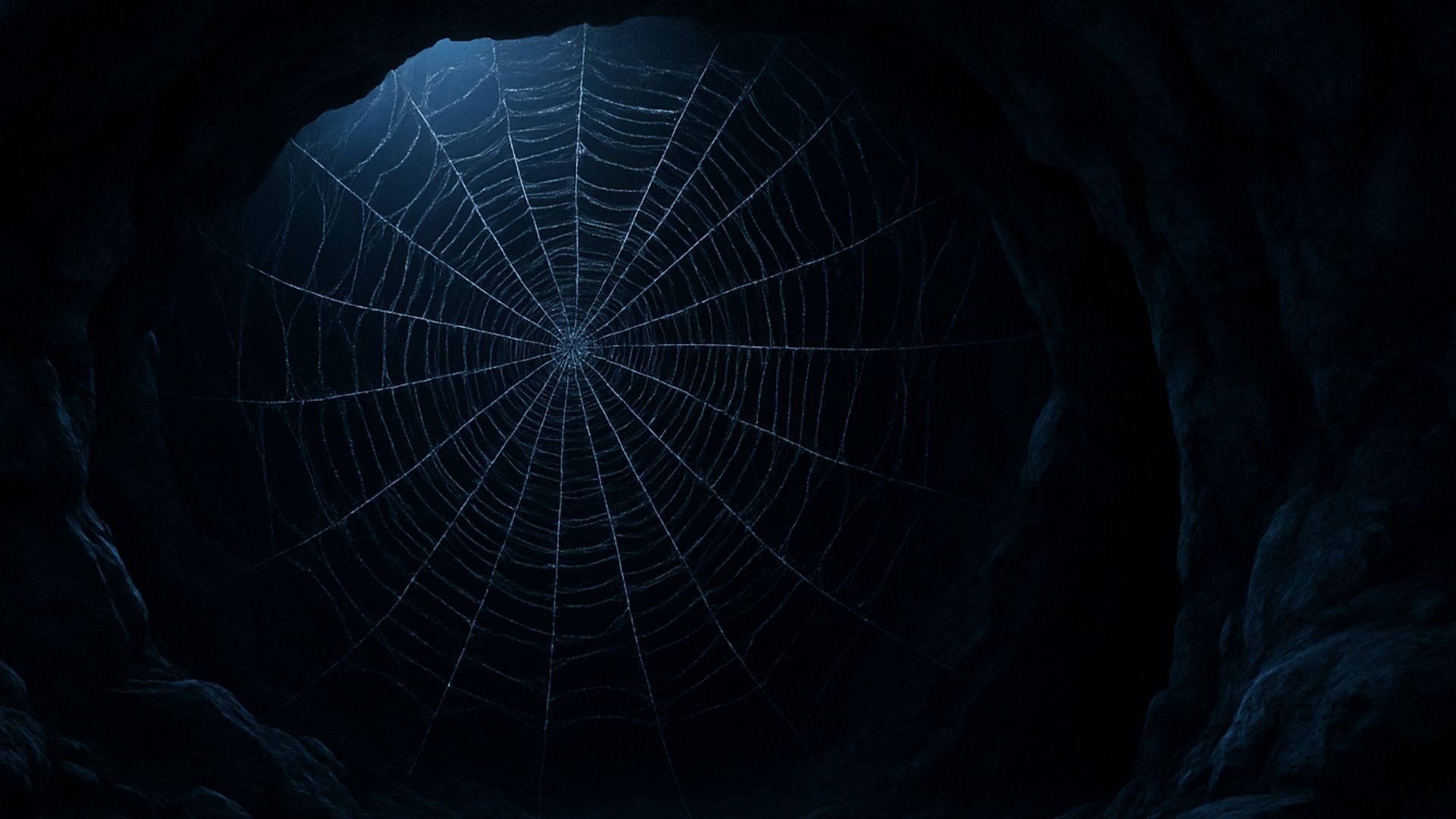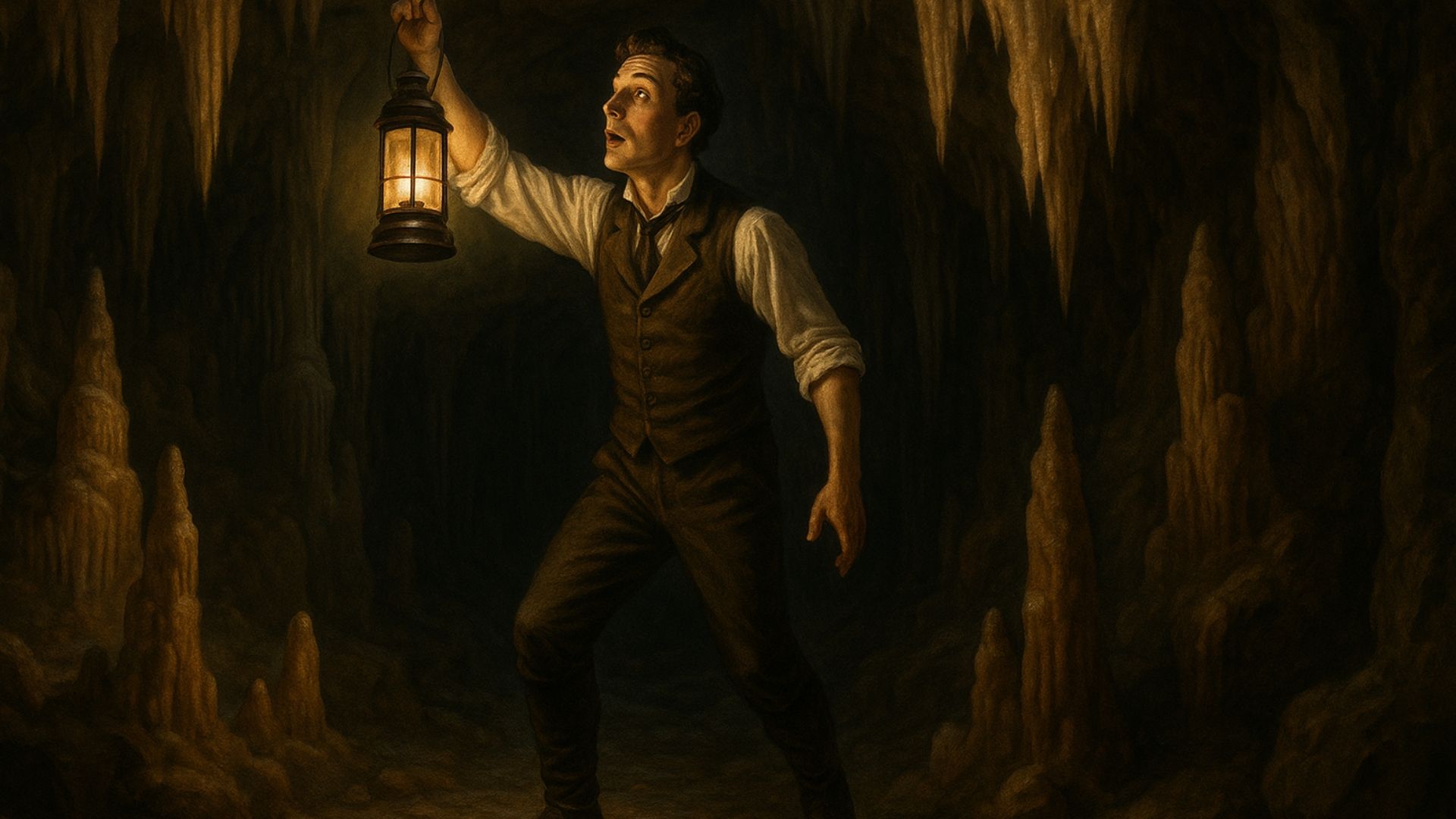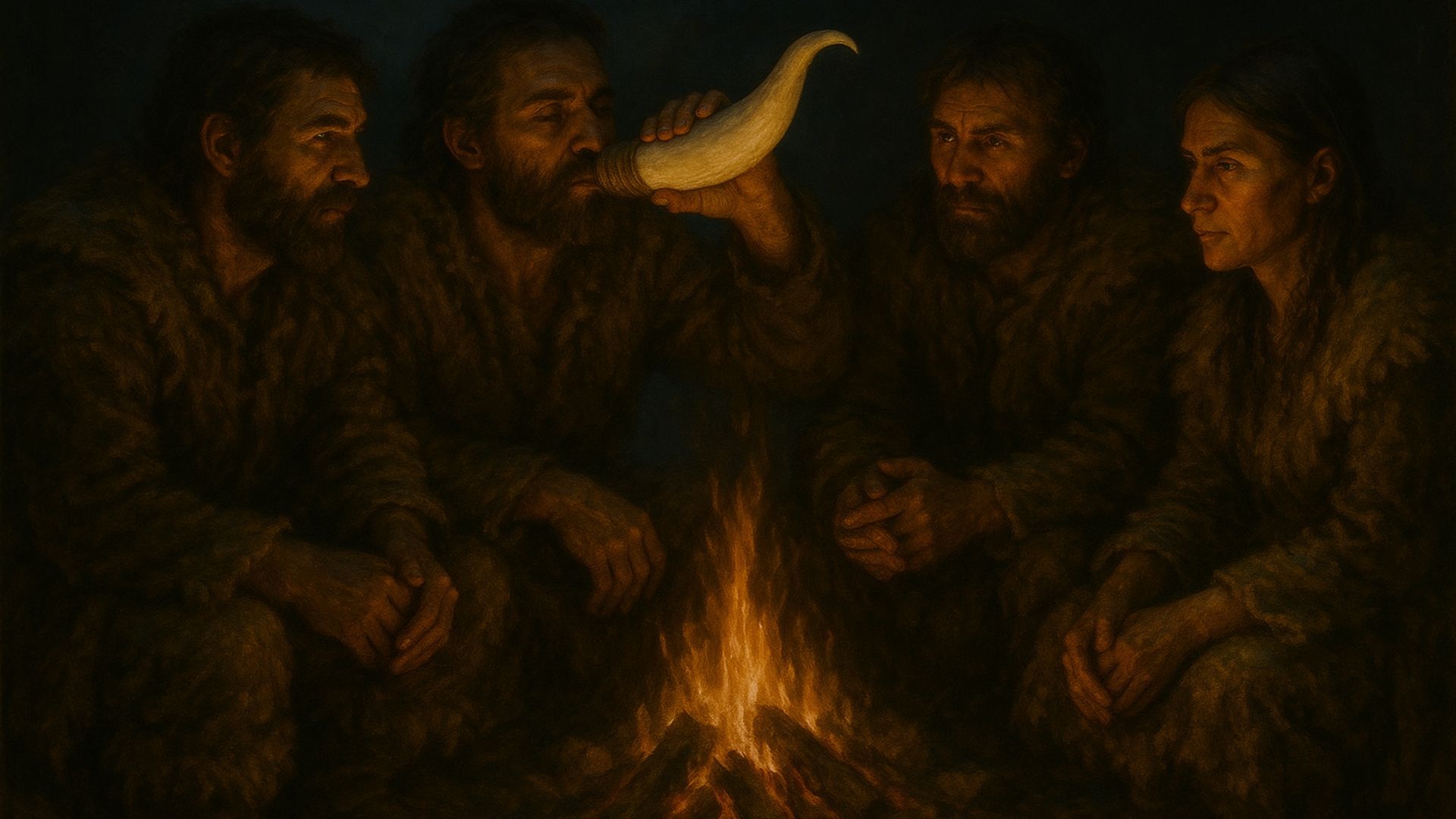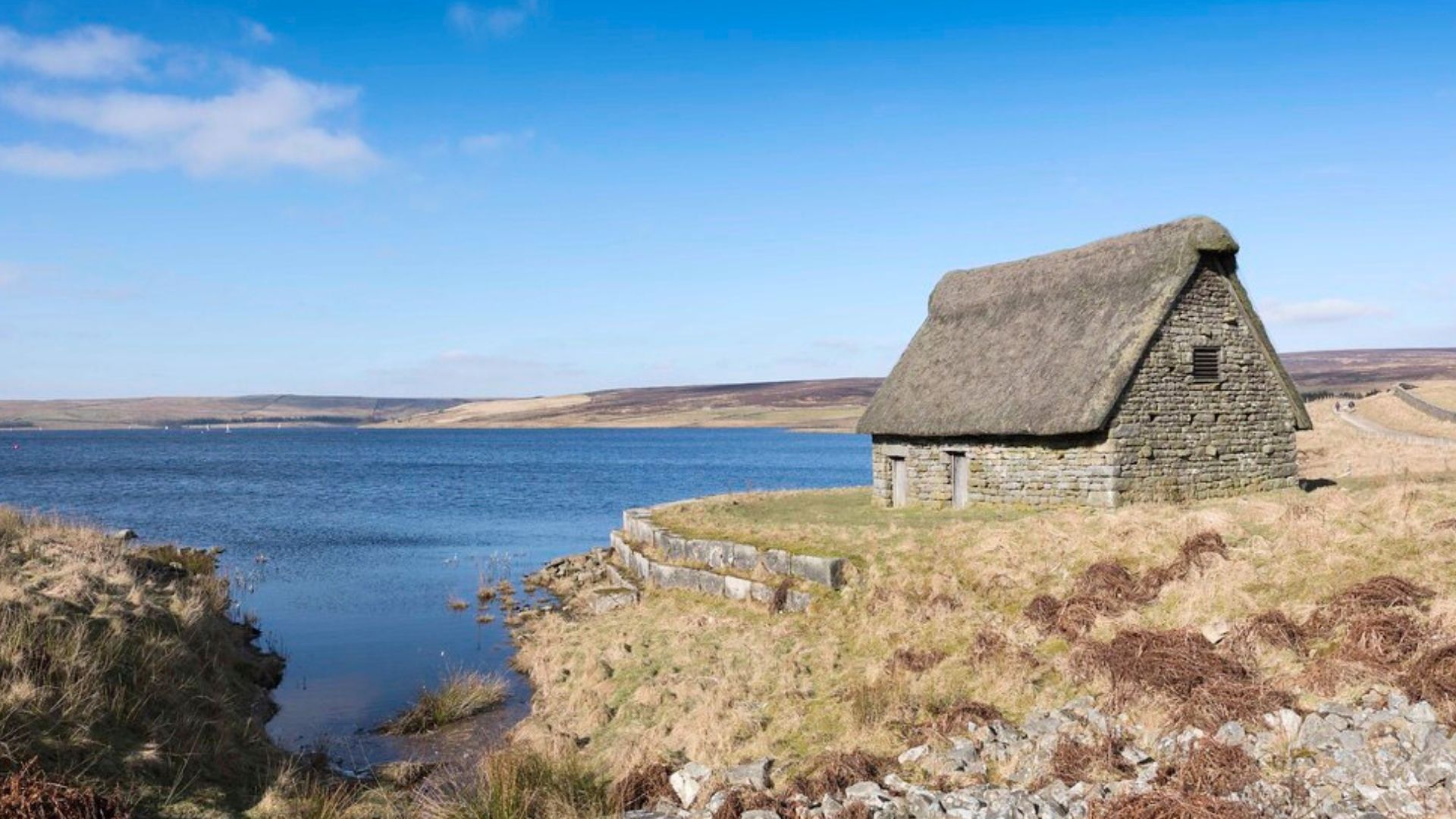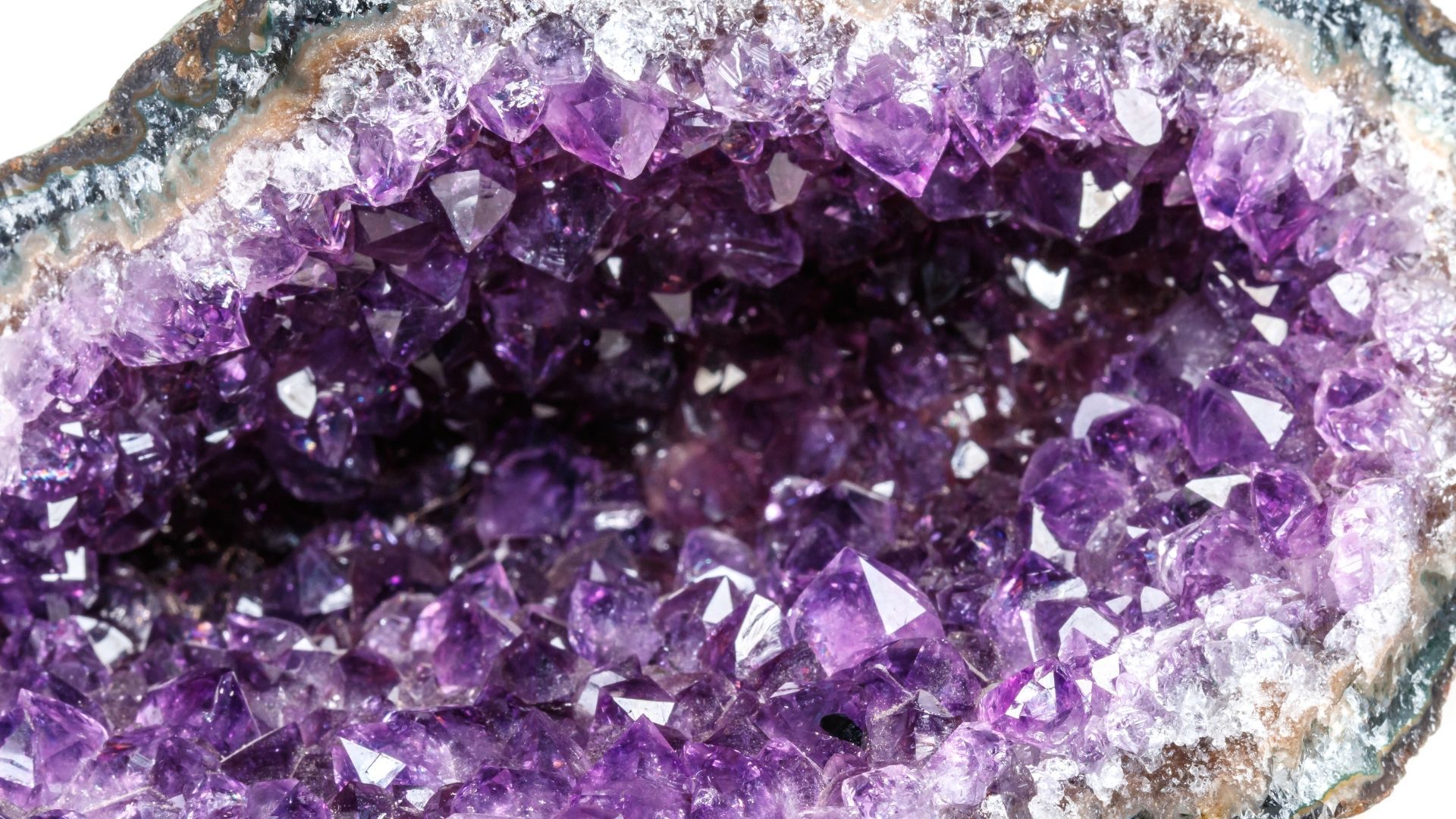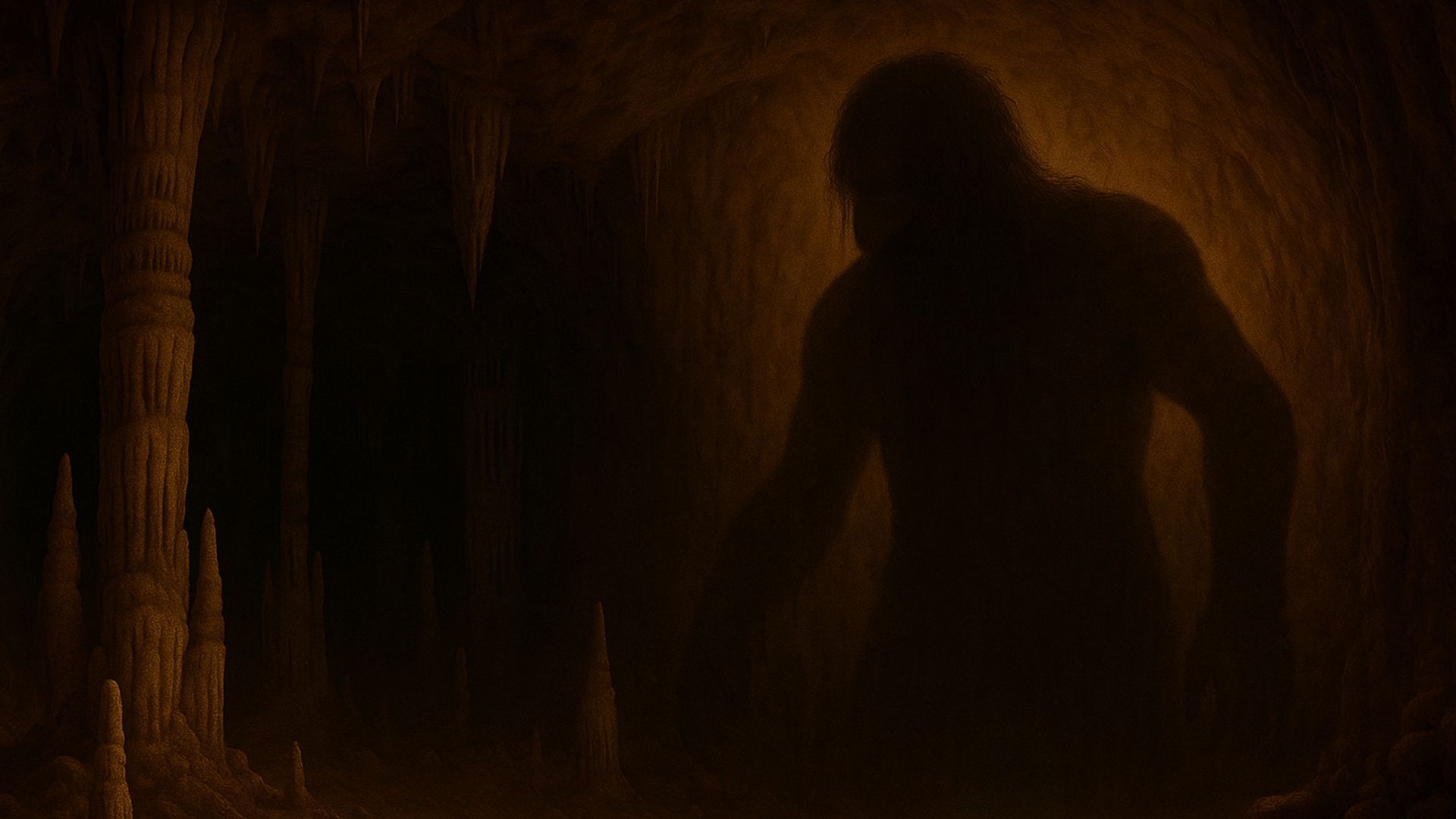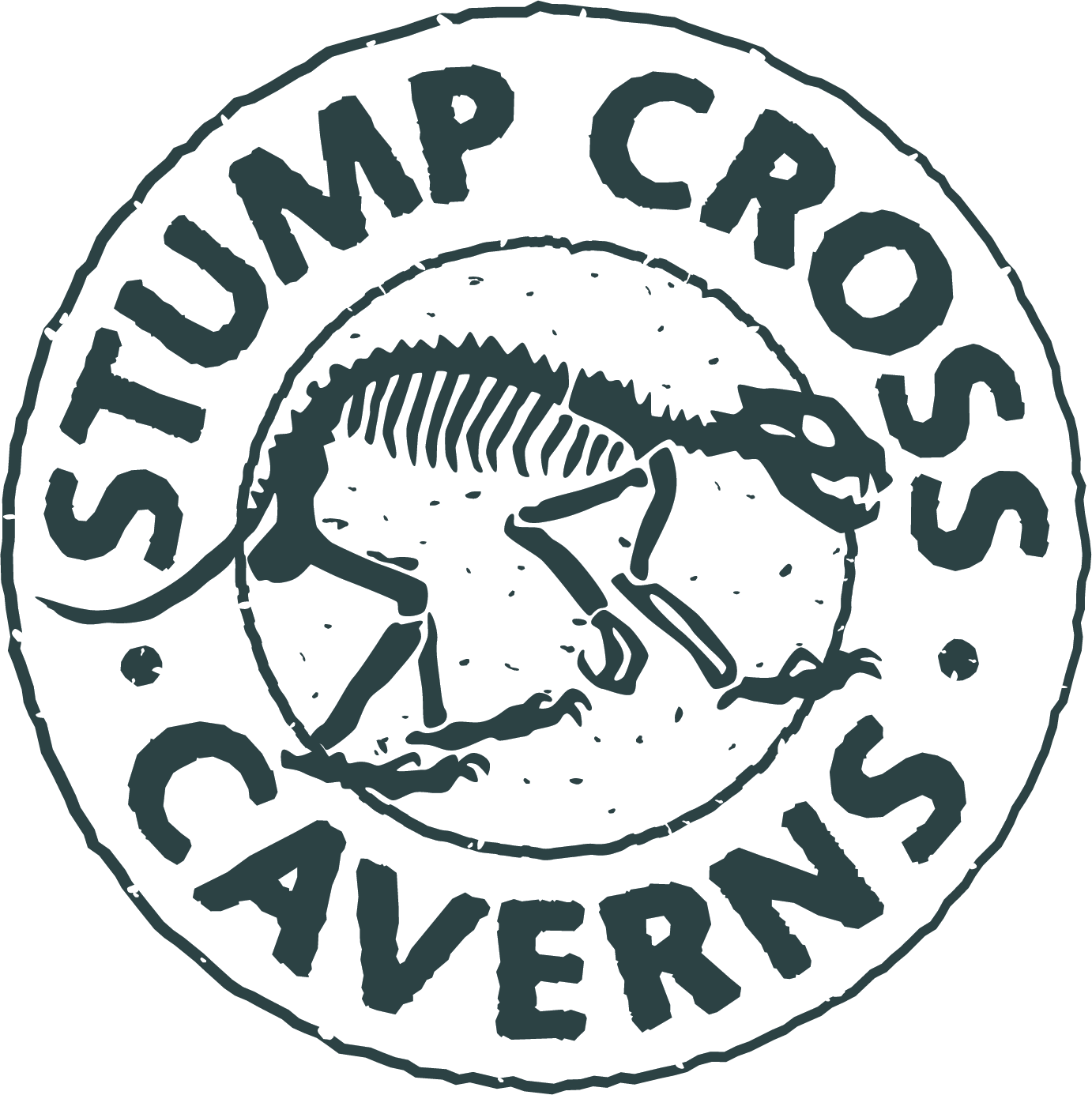Cave surveys are invaluable resources for cavers across the world. But how are caves mapped out? Join us for a potted history of the art of cave mapping.
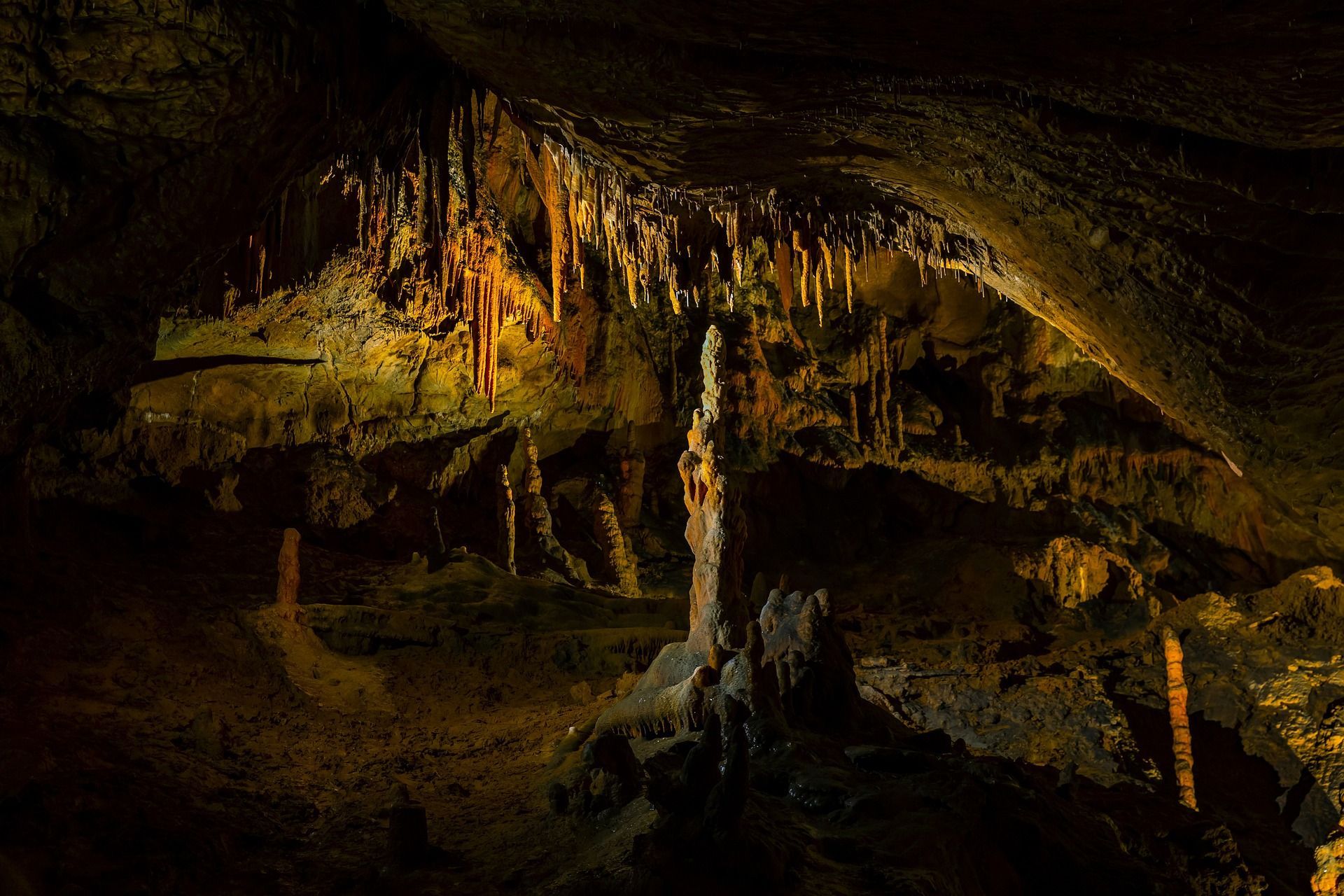
Picture the scene. You land a job at a local show cave – but it seems there's been an administrative flub. You were meant to be the tour guide but on the first day, someone hands you a box full of mysterious equipment and asks you to map out a cave system. What do you do? Where do you start?
Traditionally, caves were surveyed and mapped out in 2D. But with advances in technology have come 3D models using computer-aided design (CAD).
In this article, we explore how this fundamental part of cave study has developed – and take a closer look at how Stump Cross Caverns itself was mapped out.
The first cave surveys
The Stufe di Nerone near Naples has been the site of thermal baths since ancient times. Even to this day, spa-trotters the world over make the journey to
"rediscover the right psycho-physical harmony".
But in the mid-16th century, it was the site of the world's first known cave plan. Surveyors mapped out a manmade cavern that had been dug out of tufa: a type of limestone.
Around a century later, the first naturally occurring cave was mapped out – Baumannshöhle (Baumann's Cave), a show cave in Rübeland, Germany that had been visited at least since the Stone Age.
As well as being the site of fantastic stalactites and stalagmites (and the bones of cave bears!), Baumann's Cave is famous for having been visited by the poet, playwright, novelist, scientist, statesman, theatre director, critic and all-round go-getter Johann Wolfgang Goethe. In his
Letters from Switzerland, he refers to the cave's "rich and rare shapes".
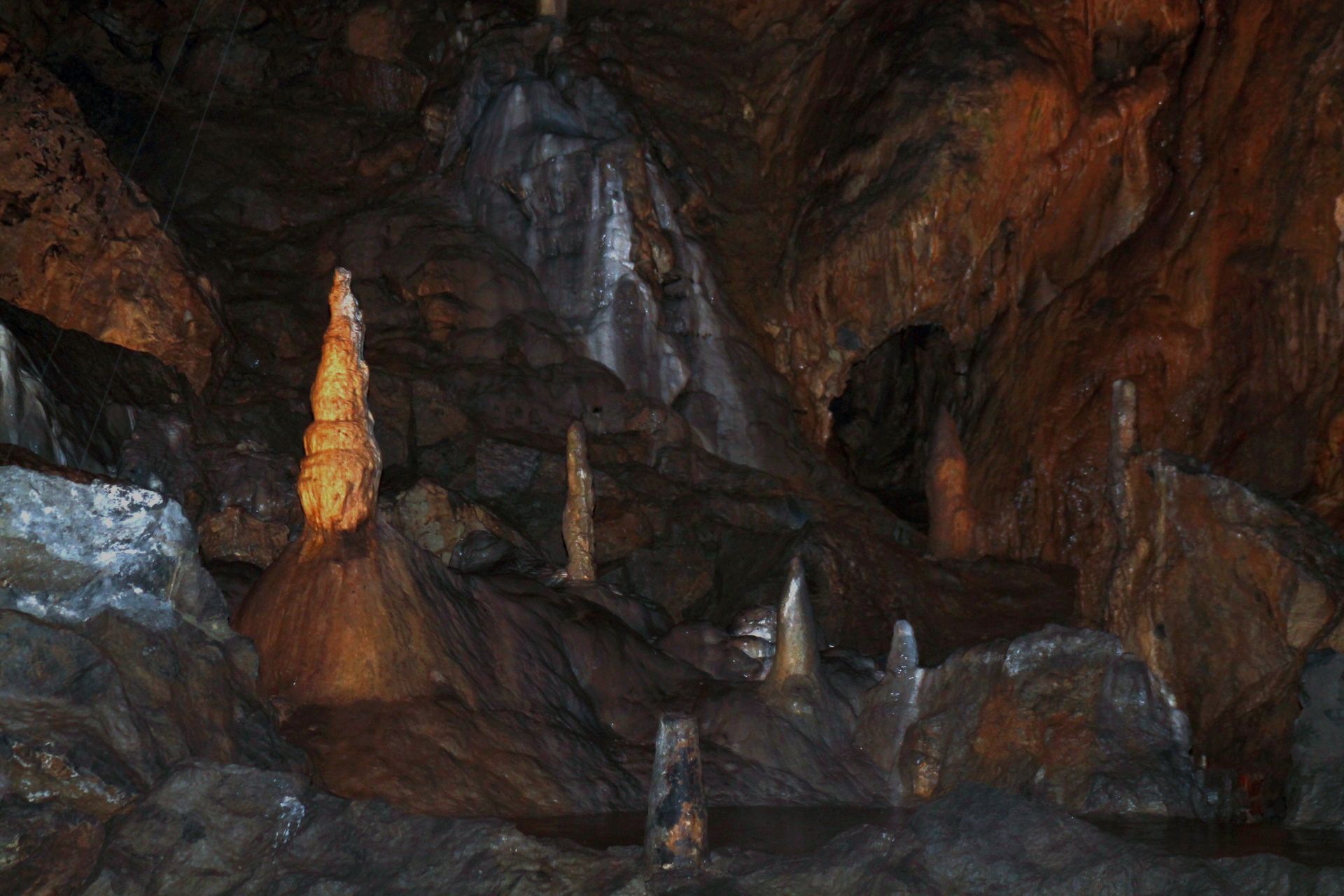
The problem is that we don't know how these surveys were carried out. The resulting maps were likely the product of educated guesses. For an account of accurate cave mapping, we have to wait until the 19th century and Édouard-Alfred Martel – the so-called "father of modern speleology".
Martel worked hard to promote speleology as a respectable discipline. Accurate cave surveys formed part of his efforts.
His method went something like this. An assistant would walk down a passageway in front of him. When almost out of sight, he would take a compass bearing and then measure the distance between himself and the assistant.
By modern standards, this doesn't cut it – but it was an important step on the road to high-grade cave surveys.
Modern methods
In terms of a general approach, things haven't changed that much since Martel's day. What has changed is the technology used.
The compasses used have become smaller, finer and more precise. In the 90s, digital "distometers" were introduced. This led to a paperless revolution – and digital surveying has been the norm since around 2007.
Typically, a survey team begins at a fixed point – most likely the cave entrance. The team takes consecutive measurements between stations: fixed points chosen for sight lines and ease of access.
These measurements will include direction, inclination and distance, using a compass, clinometer and – sometimes – a laser rangefinder. Back on the surface, this data is converted into a line-plot: a scaled representation of the passageway or chamber. These line-plots are then transformed into a 2D or 3D cave survey.
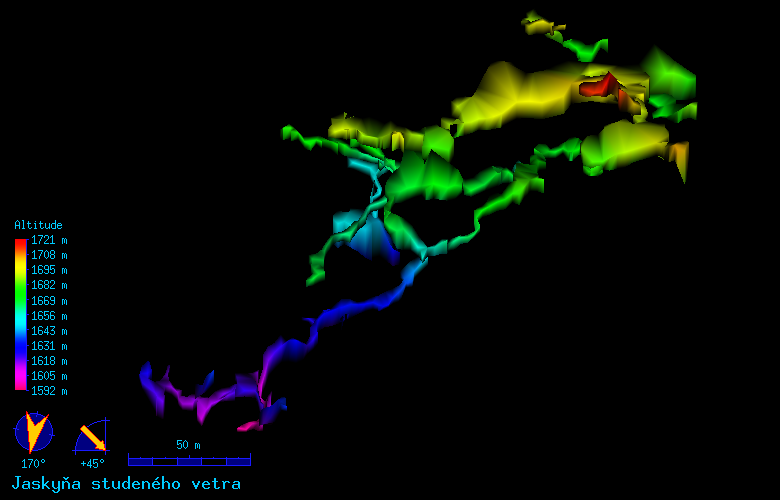
Most of the time, cave surveys are carried out by humans. However, automation has entered the field in the form of HORTA. This uses a gyroscope and accelerometer to determine 3D positions in commercial mines.
Other techniques include electrical resistivity tomography (ERT) – sending electrical currents through the bedrock – as well as airborne electromagnetic mapping from a plane or helicopter. Drones are used occasionally, too.
However, for most cave surveyors, it's still a case of taking your tools into the cave and taking measurements as accurately as you can.
How were Stump Cross Caverns surveyed?
When you visit Stump Cross Caverns today, you can see a cave survey transposed onto an aerial photo. This was the work of the local Craven Pothole Club (CPC), which was tasked with updating an 80-year-old cave survey.
The club members achieved this with a combination of old and new methods – a testament to the good sense of their predecessors as well as the advantages of GPS technology.
The only existing survey was an underground map. The team
didn't have access to the original data – still less any useful reference points, elevations or cross sections.
They started by radio-locating fixed points in Stump Cross Caverns – just like Martel would have done. They then did a surface survey using compasses, clinometers and tape measures. These furnished them with a benchmark for the accuracy of the GPS coordinates that would follow.
The finished survey – a combination of GPS and old-school equipment – was then plotted onto film and overlaid onto the existing survey to check for accuracy. The results were astonishingly precise.
It's amazing to realise how accurate the early speleologists were without GPS. Team member Mal Goodwin puts it like this:
"[T]echnology has moved on in the cave surveying world. It is now possible to add new areas of cave to existing surveys in a fraction of the time it used to take. Total redraws are now a thing of the past. However, I believe basic drawing board skills will never be replaced with technology as long as magnetic north influences the outcome."
Final thoughts
Where would the world's cavers be without accurate cave surveys? Lost, damp and hungry, we assume.
Accurate maps of the underworld are possible only because of traditional methods pioneered in the 19th century. Whatever advances have been made since then – smaller, more accurate instruments, for instance, or GPS technology – are standing on these giants' shoulders.
So when you come and visit us, take a look at our cave survey and think about the time, effort and, above all, passion for caves that led to its creation.
Are you looking for fascinating
historical places to visit in Yorkshire? Why not take a trip to our mesmerising show caves at Stump Cross Caverns? It's easy to
book your tickets online.

